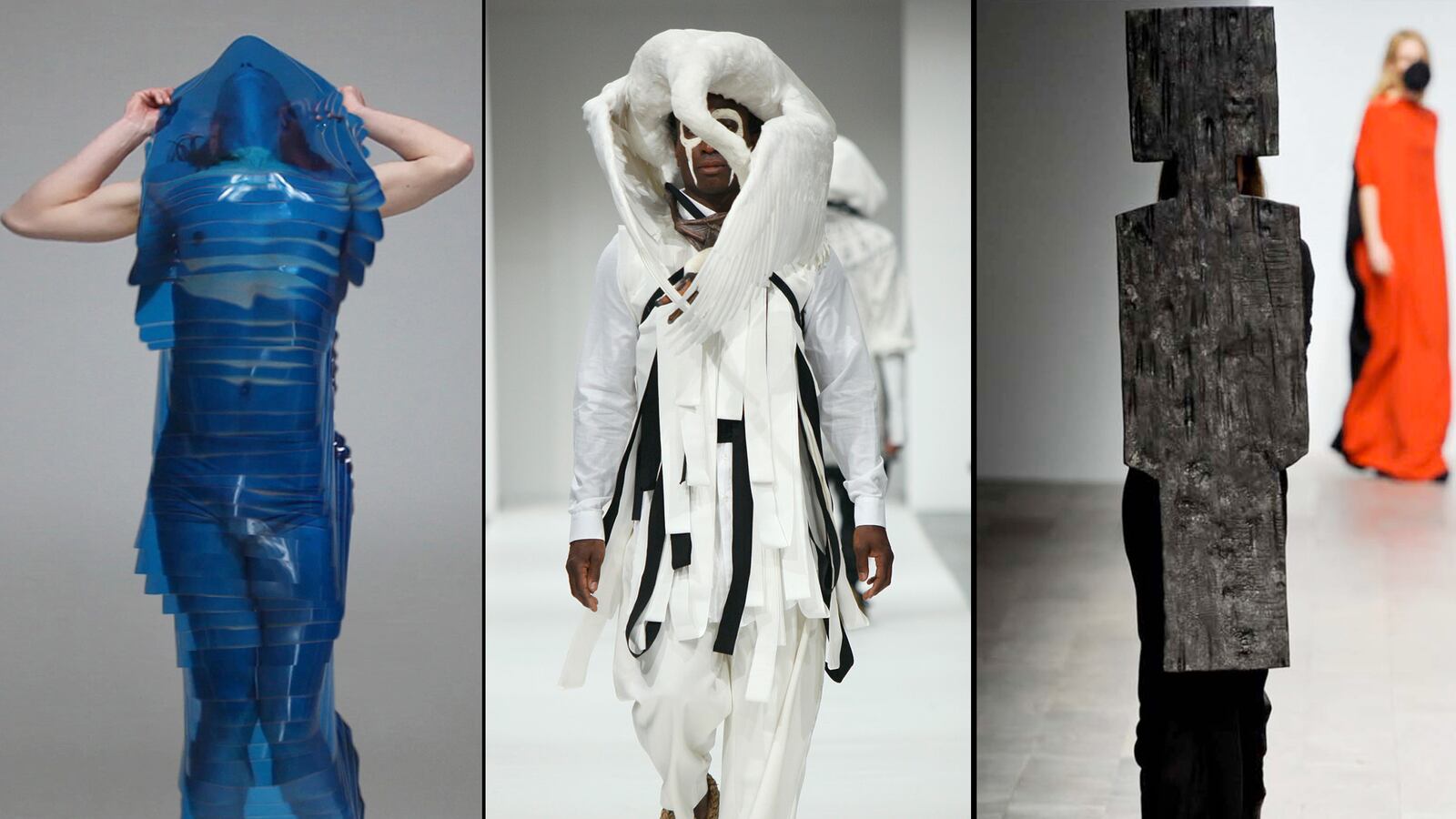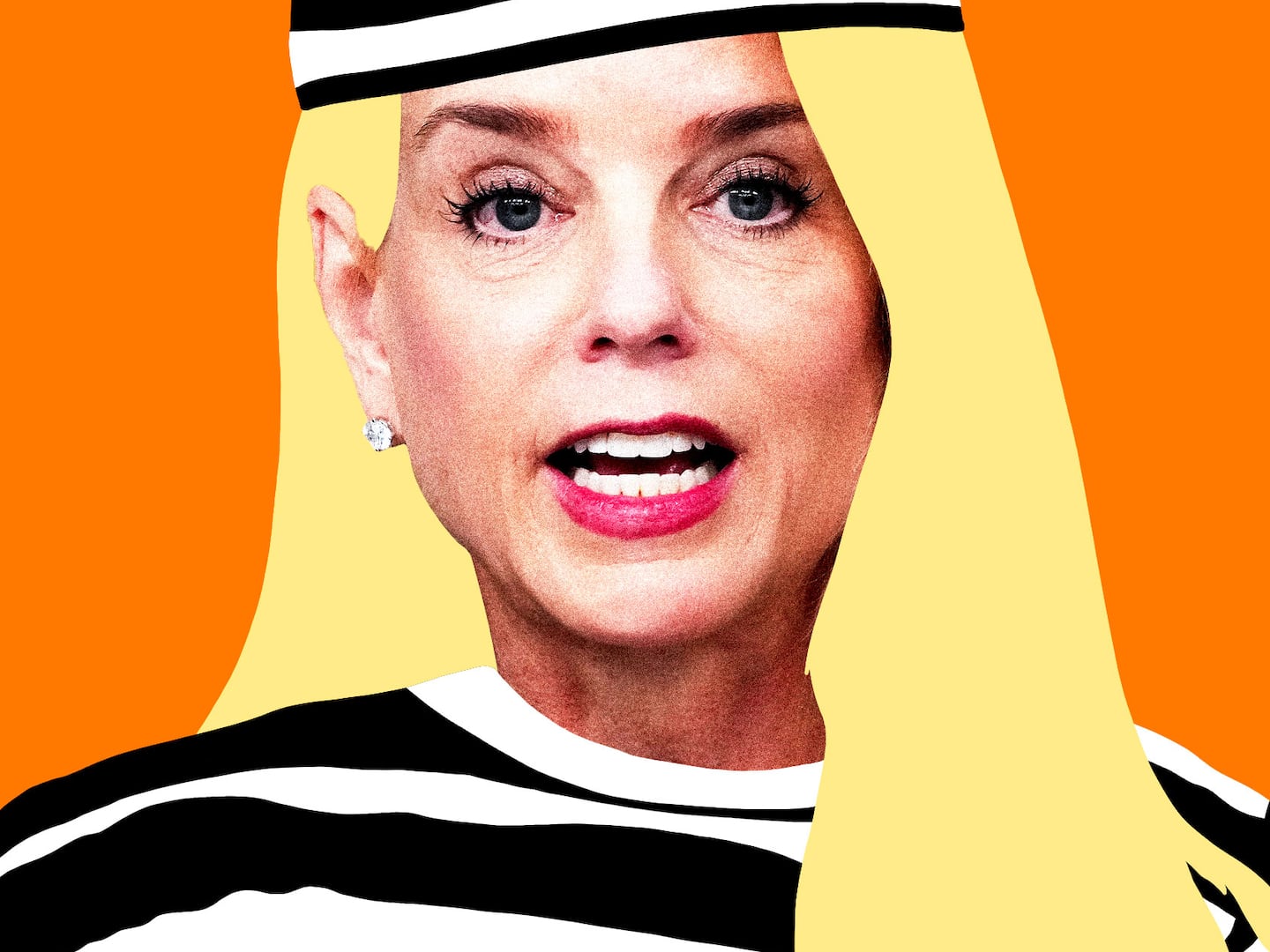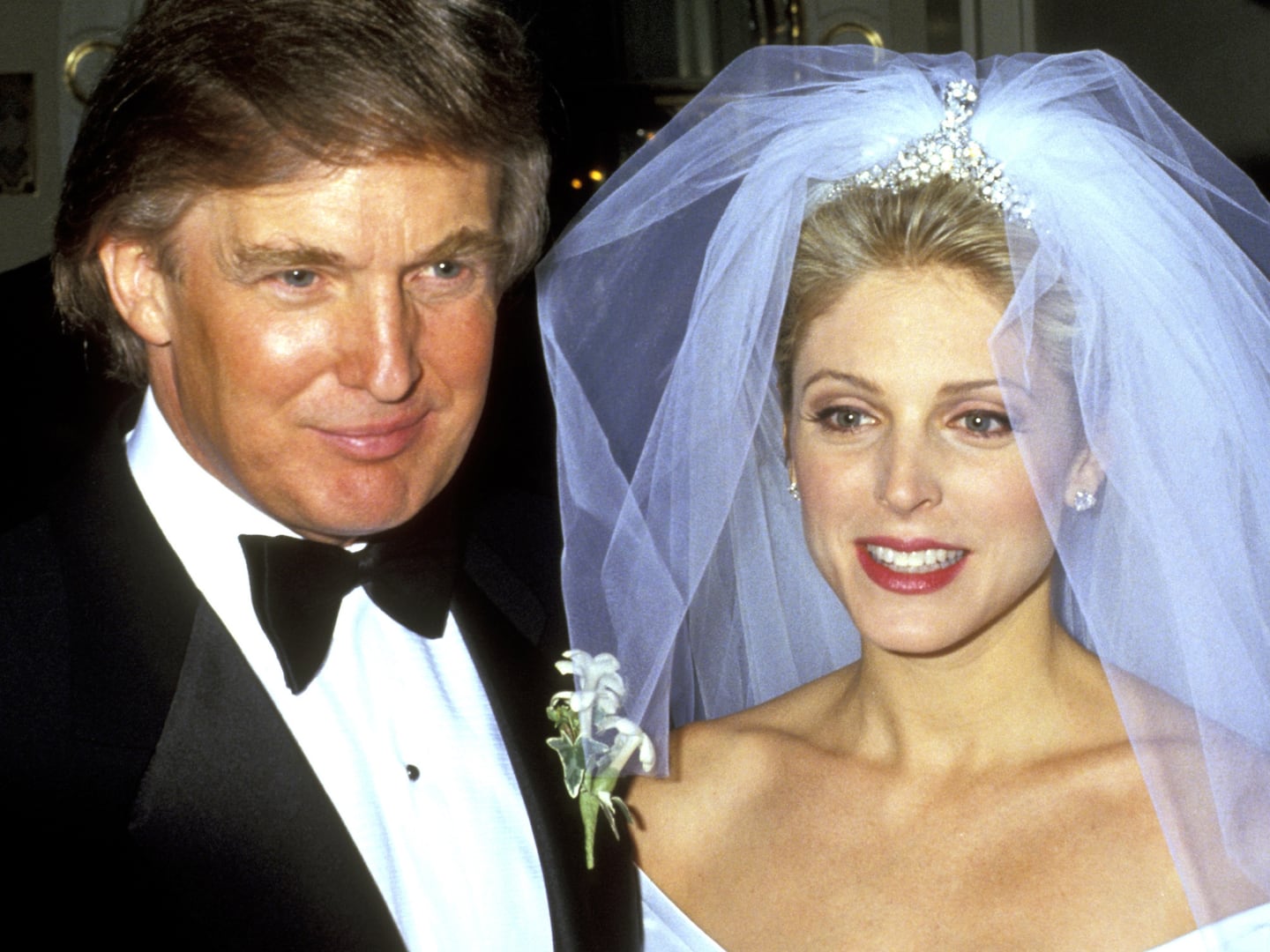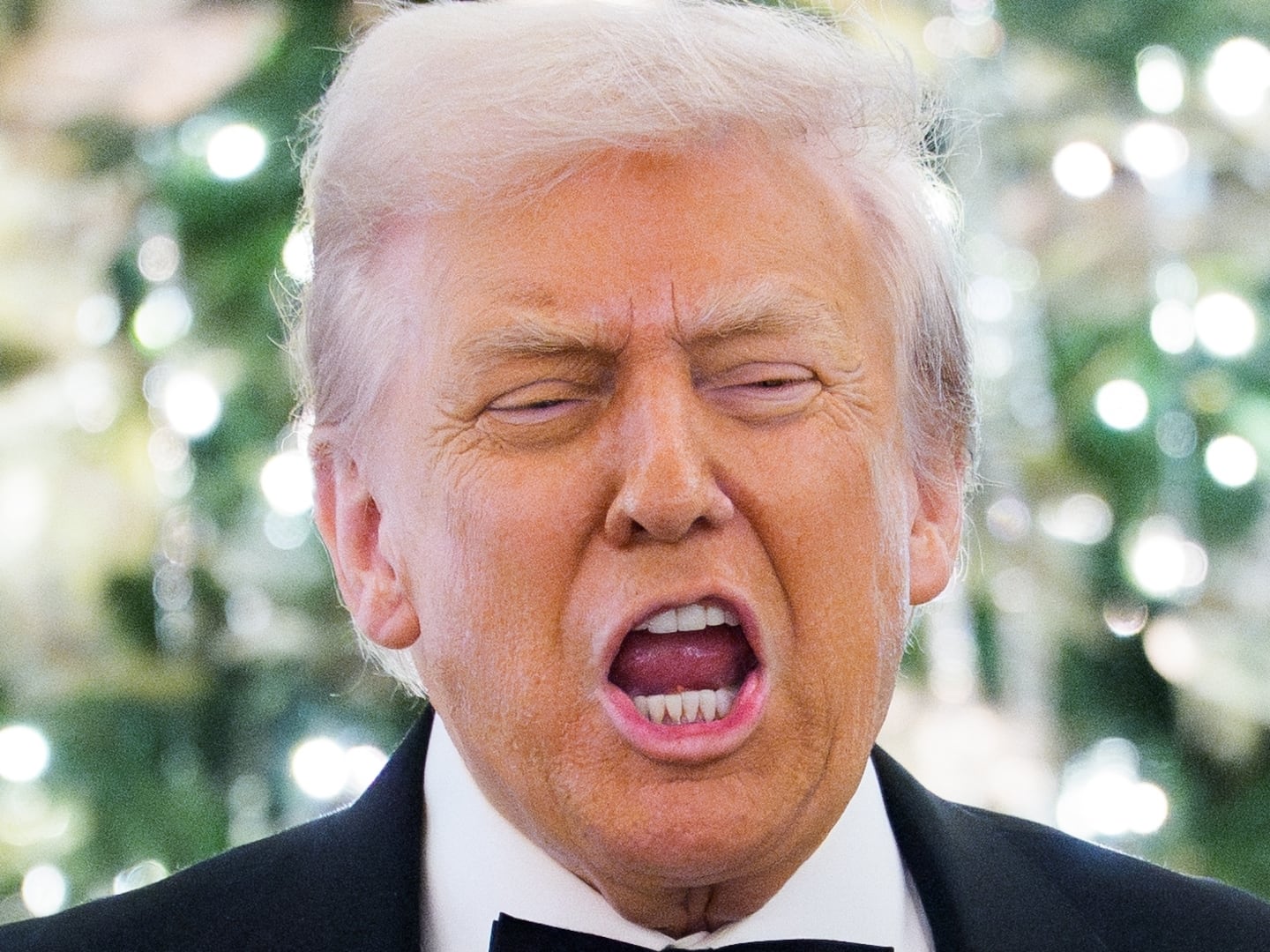When you think of Parisian fashion, you probably conjure the classics: Coco Chanel in a tweed suit, a Louis Vuitton monogrammed bag, an androgynous Yves Saint Laurent “smoking” jacket. But a new exhibition in Paris, Arrrgh! Monstres de Mode—the first fashion exhibition at multimedia venue la Gaîté Lyrique—highlights creations that stray far from Parisian tradition.

In the entrance of the main exhibition space, heaps of clothes are strewn about the floor in a bleeding rainbow of colors. Polka dots merge into Dior logos, culminating in a faceless chainsaw-wielding mannequin. This installation, by French designer Andrea Crews, sets the tone for the eccentricities of the Monstres de la Mode exhibition.
The works selected vary greatly in tone—there are 55 designers and 80 looks represented. Wearability and accessibility are not part of this fashion lexicon; it’s fashion extremism, a gallery of misfit toys. (Or, as one of the curators says, the show is “a manifesto for differences.”)
The staples of the avant-garde are in the fray: Issey Miyake, Maison Martin Margiela, Walter Van Beirendonck. Vassilis Zidianakis, who conceived the exhibition, cited Margiela’s famous face masks as a key look in the movement of avant-garde fashion: “These ‘hybrid’ models were no longer human; they were other,” he elaborated. “The spotlight was on the clothes.” Van Beirendonck was also a pioneer, and a source of inspiration for the exhibit. “He was one of the first to make entire outfits created in his own universe, almost like theater,” says Zidianakis. Two outfits by Issey Miyake (“Monkey” and “Teddy Bear”), created in 2001 for a project called A-POC, are the “oldest” outfits of the hyper-contemporary showcase. “This is not an exhibition about the history of ‘monstrosity’ in fashion—there has always been monstrosity—but rather how do we see it today, and especially how do young designers see it today,” Zidianakis states.
Indeed, many emerging designers figure into the mix. Fittingly, the mannequins are staged in a democratic mise en scene, one that’s more accessible art showcase than on-the-pedestal reverence. The “monster” pieces are very different in nature. There’s a dark herringbone suit accessorized with an architectural black dollhouse headpiece by Latvian duo Marenrol. Swiss-born Manon Kündig’s inflatable garment is a slow spectacle with a rising and falling silhouette. Carnivalesque creations by Japanese Hideki Seo bring together a harlequin cape and a Mister Softee head, while Chinese designer Chi He’s sheer polka dotted onesie feels vaguely like something Punchinello would wear. Only mild weirdness from Spanish Andrea Ayala Closa’s freakish elongated torsos, which play on body proportion. Danish Mads Dinesen’s garment is the most fairytale-like, a kind of enchanted Leda with a taxidermied swan headpiece, beautiful and haunting, its beastly details visible and intricate. Japanese Erika Mizuno’s meticulous bear skirt is also animalistic, though softer and sans repurposed animal. French designer Pierre-Antoine Vettorello sews large fabric-covered guns into his “Bonnie Magnum vs Samantha Beretta” collection. French designer Charlie Le Mindu fashioned lip-shaped headpieces out of hair, while British Cassette Playa made a fluorescent videogame graphic come to life, with prop designer Gary Card.
On one hand, the exhibition highlights the ridiculousness of fashion, but also the tremendous transformative nature of it, and the freedom that that transformation allows. There are so many ways to recreate the body: puzzling silhouettes, extreme volumes, unnatural colors, remarkable textiles, and other riffs on normative tropes. Fashion can summon the strange, can subjugate the body and render it alien just as readily as it can highlight every curve. The mannequins portray creatures that feel like abstractions of self: they’re transgressions and even parodies.
Though challenging, not every element of the exhibition is insightful. The soundtrack of industrial “monster” rumblings and the monster figures created specifically for the exhibit felt heavy-handed. And the four-walled video room with a looping sequence of writhing bodies and menacing music seemed like a distant cousin of Booth Jonathan’s claustrophobic piece from Girls.
Despite some unevenness in the exhibition, there’s an adventurous spirit, a whiff of the circus, and a celebration of the imagination. Some designers seem like children given too many unrelated art supplies, but some have radical and innovative ideas of beauty. The crux is new representation: of body, of proportion, of aesthetic ideals. It’s fashion as a form of visual metamorphosis, where beauty is reimagined in a more liberal way.






